Creating the Perfect Height-Adjustable Kids Desk Setup for Academic Success
Table Of Contents
- Why Height-Adjustable Desks Are Essential for Modern Learning
- Key Features to Look for in Height-Adjustable Kids Desks
- Creating an Ergonomic Study Setup for Growing Children
- Adapting Your Child's Desk Setup for the 2026 Syllabus Requirements
- Space Optimization Tips for Singapore Homes
- Complementary Furniture for a Complete Study Space
- Technological Integration for Modern Learning
- Maintenance and Longevity Tips for Kids Furniture
As educational approaches evolve to meet future challenges, the physical learning environment for children becomes increasingly important. The upcoming 2026 syllabus across Singapore schools emphasizes flexibility, technological integration, and personalized learning—all of which require thoughtfully designed study spaces at home. At the heart of these spaces sits the height-adjustable desk, a versatile piece of furniture that adapts to your child's growth and changing educational needs.
Creating the ideal study environment involves more than just purchasing a desk—it requires understanding ergonomics, space utilization, and how furniture can support learning objectives. With children spending significant time on schoolwork at home, investing in a properly designed height-adjustable desk setup isn't just about comfort; it's about supporting concentration, preventing physical strain, and fostering good study habits that will benefit them throughout their academic journey.
This comprehensive guide explores everything parents need to know about setting up the perfect height-adjustable desk environment for children preparing for the 2026 syllabus and beyond. From selecting the right desk to creating a complete study ecosystem, we'll help you make informed choices that balance quality, functionality, and value—ensuring your investment grows along with your child.
The Perfect Height-Adjustable Kids Desk Setup
Supporting ergonomics, adaptability, and academic success
Why Height-Adjustable?
- Accommodates rapid growth spurts
- Supports both sitting and standing positions
- Adapts from primary through secondary education
- Improves focus and cognitive performance
- Teaches children to manage their comfort and learning environment
Key Features to Look For
- Adjustment Mechanism: Child-friendly, stable, smooth operation
- Desktop Size: 100cm+ width for primary, 120-140cm for secondary
- Safety: Smooth edges, stable base, pinch protection
- Materials: Durable, non-toxic engineered wood
- Add-ons: Cable management, storage solutions, USB ports
Creating the Optimal Ergonomic Setup
Desk Position
Elbows at 90° when typing
Monitor at eye level
Adequate space for materials
Seating
Ergonomic chair with lumbar support
Feet flat on floor or footrest
Knees at approximately 90°
Lighting
Natural light from the side
Adjustable task lighting
Full-spectrum LEDs for evening study
Space Optimization for Singapore Homes
- Choose minimalist frames that create openness
- Consider wall-mounted or corner designs
- Utilize vertical space with shelving
- Select multi-functional furniture pieces
- Use light colors and clean lines for visual spaciousness
Technology Integration for Modern Learning
- Monitor arms for proper screen positioning
- Integrated power and USB charging solutions
- Effective cable management systems
- Balance digital and analog tools
- Create distinct zones for different activities
Complete Study Environment Checklist
Furniture
- Height-adjustable desk
- Ergonomic chair
- Storage solutions
- Bookshelves/organization
Equipment
- Proper monitor positioning
- Task lighting
- Anti-fatigue mat (for standing)
- Cable management system
Environment
- Good natural light
- Proper acoustics/quiet
- Room for movement
- Personalized elements
Investing in Your Child's Academic Future
A quality height-adjustable desk is more than furniture—it's an investment in your child's learning environment, physical wellbeing, and academic success that will serve them throughout their educational journey. The right setup adapts to physical growth, changing curriculum needs, and evolving learning styles while teaching children to take ownership of their study environment.
Why Height-Adjustable Desks Are Essential for Modern Learning
Children grow rapidly, with growth spurts that can add several centimeters in just months. Traditional fixed-height desks quickly become ergonomically unsuitable, potentially leading to poor posture, discomfort, and decreased concentration. Height-adjustable desks solve this fundamental problem by adapting to your child's physical development from primary school through secondary education.
The 2026 syllabus places greater emphasis on diverse learning activities—from traditional writing and reading to digital learning, project work, and collaborative activities. Height-adjustable desks facilitate these varied learning modes by allowing children to switch between sitting and standing positions, which research shows can improve focus, energy levels, and cognitive performance. This flexibility becomes particularly valuable as students navigate between different subjects and learning approaches throughout their school day.
Beyond the physical benefits, adjustable desks teach children to take ownership of their learning environment. By finding their optimal desk height and position, they develop awareness of how their physical comfort affects their learning—a valuable life skill that extends beyond academics. This adaptability also provides excellent value for parents, as a single quality desk can serve a child from early primary years through their secondary education, eliminating the need for multiple furniture replacements.
Key Features to Look for in Height-Adjustable Kids Desks
When investing in a height-adjustable desk for your child, several key features determine both immediate functionality and long-term value. The adjustment mechanism should be child-friendly while remaining stable and durable. Look for smooth, reliable systems that don't require excessive force to operate—options range from manual crank mechanisms to pneumatic lifts and motorized systems for older children. The adjustment range should accommodate your child sitting comfortably with proper ergonomics while also allowing for standing use as they grow taller.
Desktop size matters significantly for accommodating different learning activities. For primary students, a minimum width of 100cm provides adequate space for books, writing materials, and a device. Secondary students may benefit from wider desks (120-140cm) to accommodate multiple textbooks, larger projects, and dual-screen setups. Consider desks with expandable or modular surfaces that can grow with changing needs. The desktop material should balance durability with aesthetic appeal—options like quality engineered wood provide excellent longevity while remaining cost-effective.
Additional features that enhance functionality include built-in cable management systems to keep technology organized and prevent cord damage, integrated storage solutions such as drawers or shelves to keep supplies accessible, and tiltable desktop sections for drawing or reading comfort. Some advanced models include USB charging ports, LED lighting, or even programmable height presets that can be particularly valuable for households where multiple children share the same desk.
Safety Considerations for Children's Furniture
Safety remains paramount when selecting furniture for children's use. Quality height-adjustable desks should feature smooth edges and corners to prevent injuries, stable bases that resist tipping even when extended to maximum height, and pinch-protection mechanisms in moving parts. Materials should be non-toxic and meet Singapore's safety standards for children's furniture, particularly regarding finishes and adhesives used in construction.
At Loft Home Furniture, all children's desks undergo rigorous testing to ensure they meet these critical safety requirements while maintaining the aesthetic appeal and functionality parents expect. Our Height Adjustable Tables collection features options specifically designed with growing children in mind, balancing safety with style and durability.
Creating an Ergonomic Study Setup for Growing Children
Proper ergonomics form the foundation of any effective study environment. The height-adjustable desk should be set so your child's elbows form approximately a 90-degree angle when typing or writing, with wrists resting comfortably on the desktop. The monitor (if used) should be positioned at eye level to prevent neck strain, which often requires a separate monitor stand or adjustable monitor arm for optimal positioning. For younger children who primarily use tablets, consider tablet stands that allow for proper viewing angles.
Seating plays an equally crucial role in ergonomics. Pair your height-adjustable desk with a properly sized ergonomic chair that provides adequate lumbar support and adjustability. The chair should allow children to sit with feet flat on the floor (or on a footrest for smaller children) and knees at roughly 90 degrees. For standing desk positions, an anti-fatigue mat helps reduce leg and back strain during extended standing periods.
Lighting deserves careful consideration in ergonomic setups. Position the desk to take advantage of natural light when possible, ideally with the light source coming from the side rather than creating glare on screens or causing shadows on writing surfaces. Supplement with adjustable task lighting that provides even illumination across the work surface. Consider full-spectrum LED lighting that mimics natural daylight to reduce eye strain during evening study sessions.
Adapting Ergonomics as Children Grow
As children progress through school years, their ergonomic needs evolve with their changing bodies and study requirements. Schedule regular ergonomic assessments—perhaps at the start of each school year—to adjust desk and chair heights appropriately. Teach older children to recognize signs of discomfort that might indicate needed adjustments, such as hunched shoulders, neck pain, or fidgeting due to uncomfortable seating.
For teenagers who may experience rapid growth spurts, consider desks with memory settings or easily adjustable mechanisms that allow them to switch between preferred heights independently. This age group particularly benefits from alternating between sitting and standing positions throughout their study sessions, which can help maintain focus during longer revision periods while reducing the physical strain of remaining in one position.
Adapting Your Child's Desk Setup for the 2026 Syllabus Requirements
The upcoming 2026 syllabus across Singapore schools emphasizes digital literacy, project-based learning, and interdisciplinary approaches—all requiring adaptable study spaces. Your child's desk setup should accommodate traditional textbooks and notebooks while providing appropriate space for digital devices that support online research, collaborative projects, and digital submission of assignments. Consider desk configurations that allow easy transitions between these different work modes.
Project-based learning components in the new syllabus demand space for materials beyond standard textbooks. Look for desks with expandable surfaces or adjacent storage solutions that can accommodate art supplies, science materials, or physical project components. Some innovative desk designs feature side extensions or modular components that can be added when project space is needed and tucked away during regular study sessions.
As blended learning approaches become more prevalent in the curriculum, your child's desk setup should support video conferencing and online collaboration. Consider backdrop options, lighting for video clarity, and acoustic considerations that minimize echo or background noise. Some kids' desks now feature built-in whiteboard surfaces or attachable boards that facilitate visual thinking and can be used as presentation backgrounds during virtual classes.
Space Optimization Tips for Singapore Homes
Singapore's compact living spaces demand thoughtful furniture choices that maximize functionality without overwhelming rooms. When selecting a height-adjustable desk, consider models with minimalist frames that create a sense of openness while providing necessary stability. Wall-mounted or wall-adjacent setups minimize footprint, while corner designs make efficient use of otherwise underutilized space. For extremely space-constrained homes, consider foldable desk options that can be collapsed when not in use.
Vertical space utilization becomes crucial in smaller homes. Look for desk systems with integrated shelving above the workspace or wall-mounted storage options that keep essential supplies accessible without cluttering the desktop. Some innovative designs incorporate pegboard systems or magnetic surfaces that allow customizable vertical organization without permanent fixtures.
Multi-functional furniture provides excellent space efficiency for Singapore homes. Consider height-adjustable desks that convert to activity tables for younger children or models with built-in storage that eliminates the need for separate bookshelves. For families with multiple children sharing rooms, look into adaptable workstations that can be configured for simultaneous use by two students, with adjustable components that accommodate different heights and study needs.
Creating Visual Space in Compact Settings
Beyond physical space considerations, visual space affects how comfortable and conducive a study area feels. Choose desk designs with clean lines and light colors that create a sense of openness. Glass or acrylic components can make spaces feel larger by allowing light to pass through. Consider the visual flow of the room when positioning the desk—placing it to maintain clear pathways through the room helps spaces feel more organized and less cramped.
Our Minimalist Tables collection offers several space-efficient options that work beautifully in Singapore apartments while providing the adjustability children need. These designs focus on essential functionality without unnecessary bulk, creating study spaces that feel open and inviting even in compact rooms.
Complementary Furniture for a Complete Study Space
While the height-adjustable desk forms the centerpiece of your child's study area, complementary furniture pieces complete the functional ecosystem. Bookshelves or shelving units keep reference materials and textbooks organized and accessible. Consider adjustable shelving that can accommodate everything from thin workbooks to bulky encyclopedias or project materials. For frequently referenced materials, inclined book stands keep content visible without occupying desk space.
Storage solutions prevent clutter that can disrupt concentration. Drawer storage units keep supplies organized but out of sight when not needed. For items requiring frequent access, consider desktop organizers or wall-mounted systems that maintain clear work surfaces while keeping tools within reach. Color-coded storage helps younger students develop organizational skills while making supply retrieval more efficient.
Don't overlook comfort elements that make the study space inviting. A small area rug defines the space while providing comfort during standing desk use. Proper window treatments control natural light and reduce screen glare at different times of day. For shared spaces, consider acoustic panels or room dividers that create visual separation and reduce noise distractions—particularly important for households where multiple family members may be working or studying simultaneously.
Technological Integration for Modern Learning
The 2026 syllabus places significant emphasis on digital literacy and technology-integrated learning. Your child's desk setup should accommodate the technological tools that support these educational approaches. Consider monitor arms that allow proper positioning of screens while maintaining desk space for writing and reference materials. Cable management systems prevent tangles and protect equipment from damage while creating a more organized aesthetic.
Power access remains essential for device-supported learning. Look for desks with integrated power strips or USB charging ports that eliminate the need to position desks near wall outlets. For wireless charging capability, some newer desk models include built-in charging pads that keep devices powered without additional cable clutter. Consider how power solutions can grow with technological needs—today's primary student may need only tablet charging, but secondary students often require support for laptops, monitors, and peripheral devices.
As augmented and virtual reality begin entering educational applications, consider how desk setups might accommodate these technologies. Height-adjustable features become even more valuable as these technologies sometimes require standing interaction or different positioning than traditional study. Adequate clear space around the desk allows for movement during immersive learning experiences without collision risks.
Managing Screen Time and Digital Balance
While supporting technology-integrated learning, thoughtful desk setups should also encourage healthy digital habits. Consider including analog spaces within the study area—perhaps a small whiteboard for brainstorming or a corkboard for visual planning. These non-digital tools support cognitive development through varied interaction modes while providing screen-time breaks.
Some parents find it helpful to create distinct zones within the study area—a primary zone for computer work and a secondary surface for reading, writing, or hands-on activities. Our Tables by Function collection includes models that facilitate this zoned approach while maintaining a cohesive aesthetic within the room.
Maintenance and Longevity Tips for Kids Furniture
Quality height-adjustable desks represent a significant investment in your child's learning environment, and proper maintenance ensures they deliver value throughout their academic journey. Regularly inspect and tighten any loose components, particularly in the adjustment mechanism. For mechanical systems, occasional lubrication according to manufacturer guidelines prevents stiffness and ensures smooth operation throughout the desk's lifespan.
Desktop surfaces require appropriate care based on their material. Engineered wood surfaces typically need only regular dusting and occasional cleaning with a slightly damp cloth, avoiding harsh chemicals that might damage finishes. For desks with special features like writeable surfaces, use only recommended cleaning products to maintain functionality. Consider protective desk mats for areas where children engage in art projects or science activities that might otherwise damage surfaces.
Teaching children to respect and maintain their furniture instills valuable responsibility while extending product lifespan. Establish simple routines like clearing the desk at day's end, using coasters for drinks, and proper handling of adjustment mechanisms. These habits not only protect your investment but also help children develop organizational skills that benefit their academic performance.
Creating a Future-Proof Study Environment
Investing in a quality height-adjustable desk setup does more than accommodate your child's current academic needs—it creates a flexible foundation that adapts to both physical growth and evolving educational requirements. The upcoming 2026 syllabus brings new learning approaches that benefit from thoughtfully designed study spaces where children can comfortably engage with both traditional and digital learning tools.
When selecting components for your child's study area, prioritize adjustability, quality construction, and versatile functionality that will remain relevant through changing educational trends. Consider how each piece contributes to proper ergonomics, efficient organization, and focused study habits. While budget considerations are always important, remember that well-designed furniture represents an investment in your child's educational success and physical wellbeing over many years.
At Loft Home Furniture, we understand that creating ideal learning environments requires balancing practical considerations with aesthetic appeal and long-term value. Our curated collections of height-adjustable desks, ergonomic seating, and complementary storage solutions are designed specifically to support Singapore students through their educational journey—providing the quality, functionality, and adaptability families need without the premium price tag of traditional designer furniture.
Visit Loft Home Furniture today to explore our complete range of height-adjustable desks and complementary study furniture. Our expert team can help you select the perfect combination for your child's needs, space constraints, and style preferences. With professional delivery and installation services available throughout Singapore, creating an ideal learning environment for your child has never been easier.
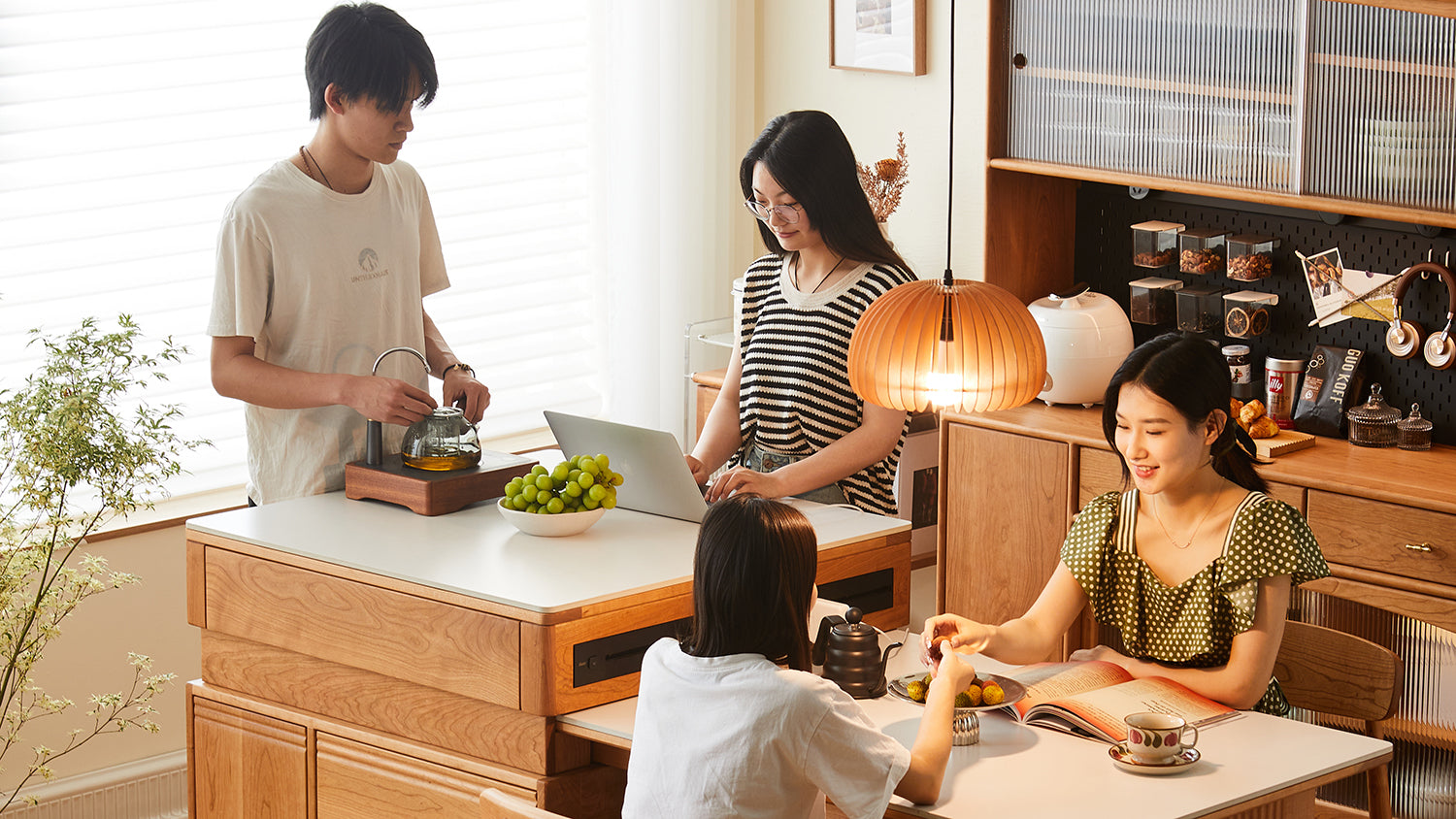

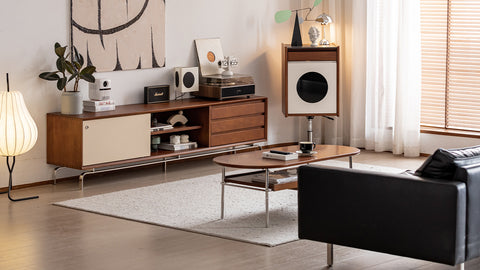
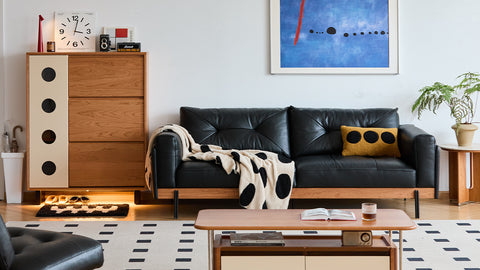
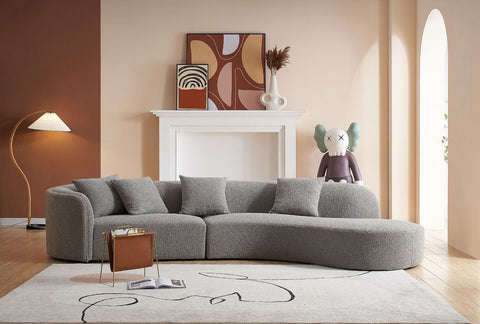
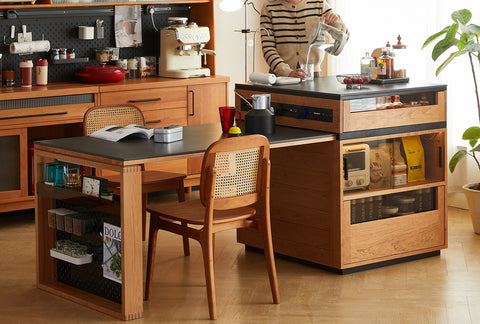
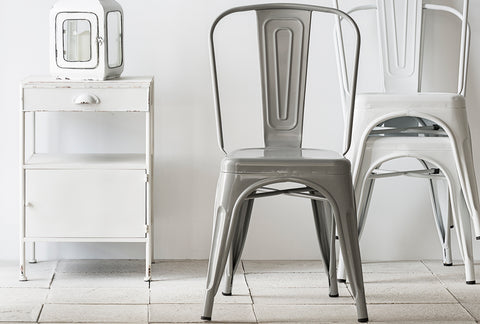
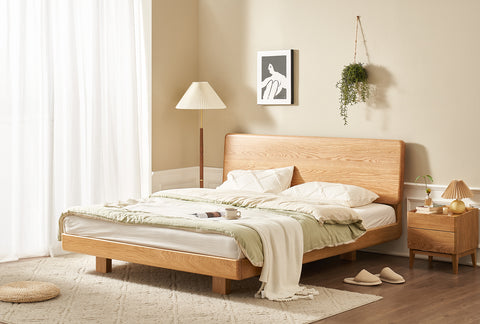
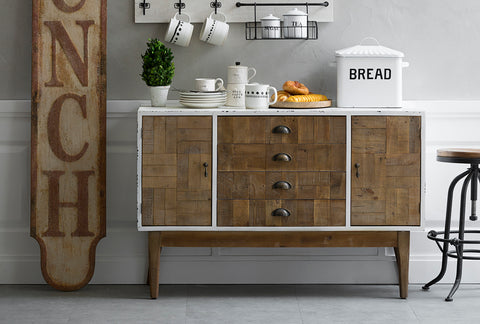




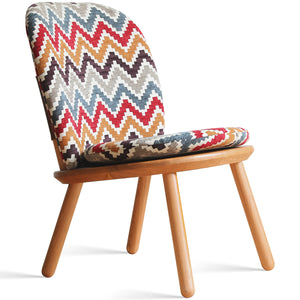
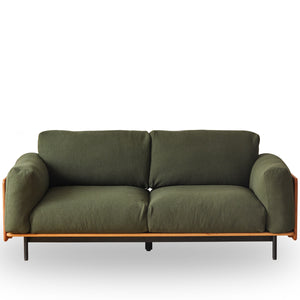

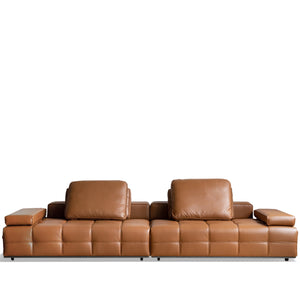
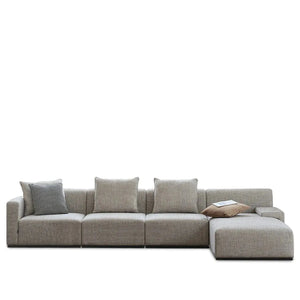
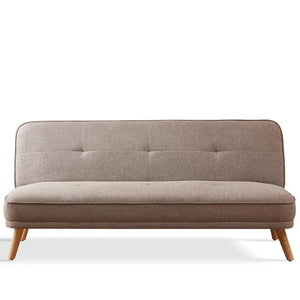
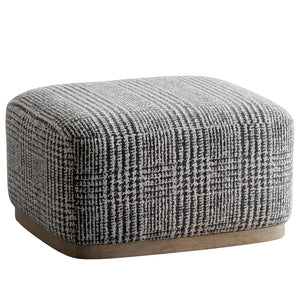

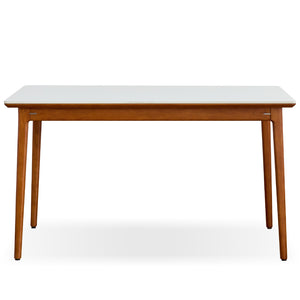

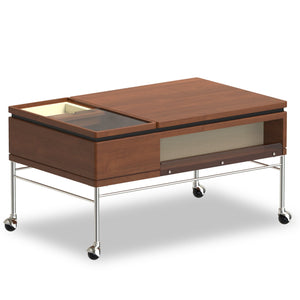
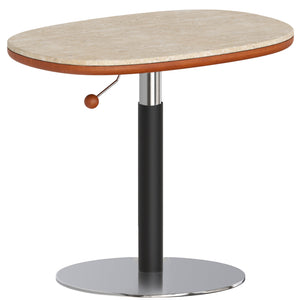
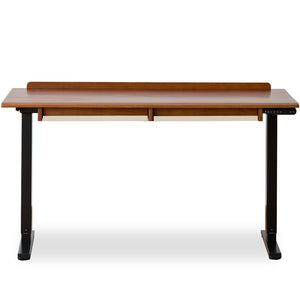


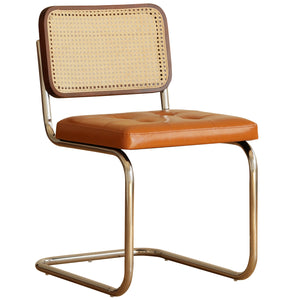
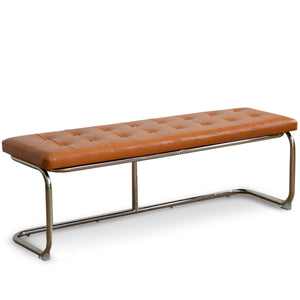
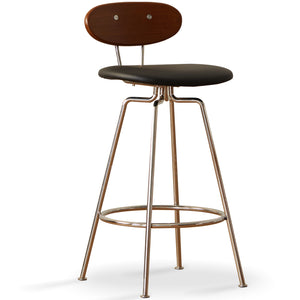
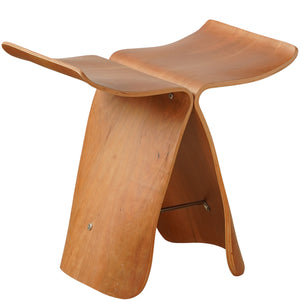
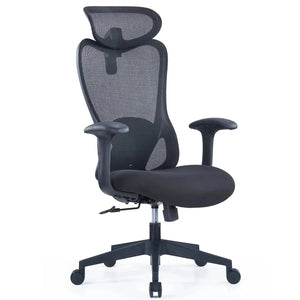

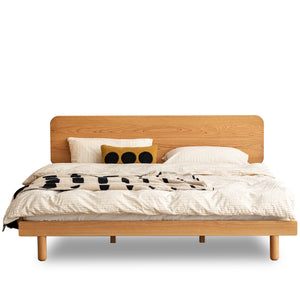
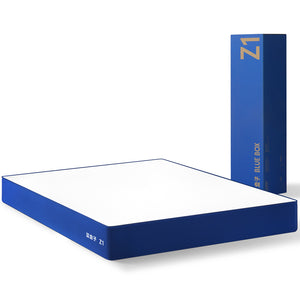

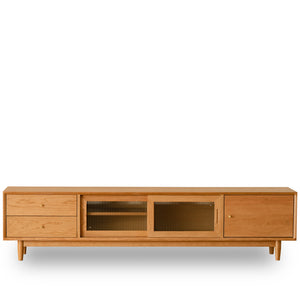
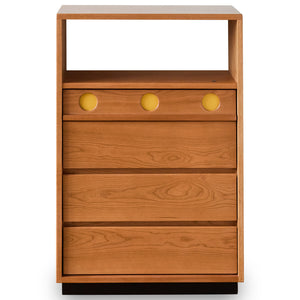
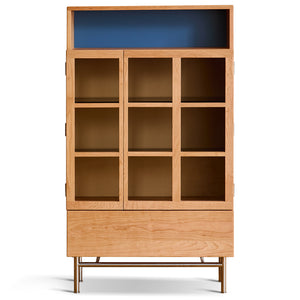

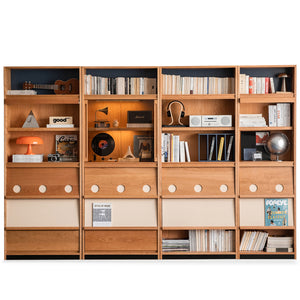


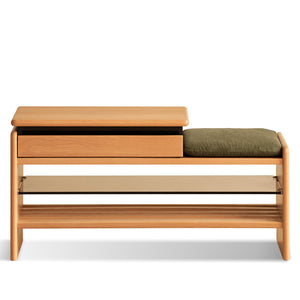
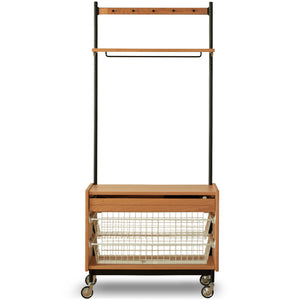






















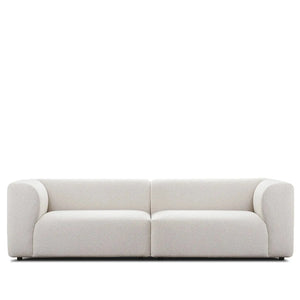





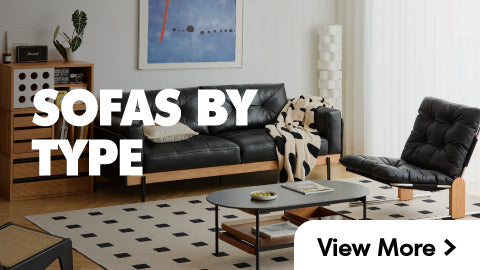
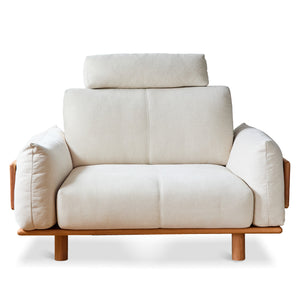
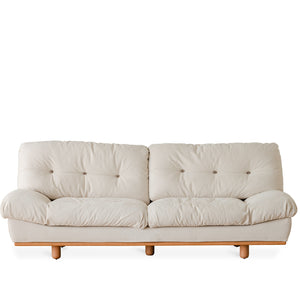
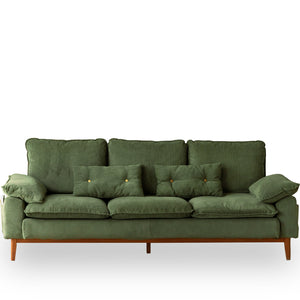
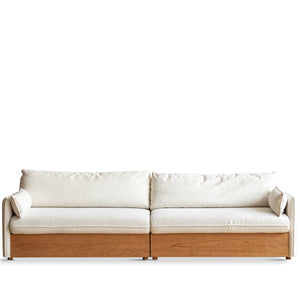
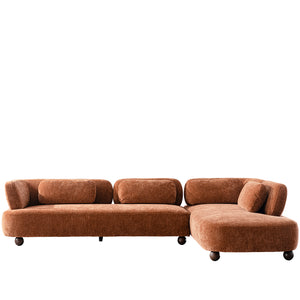
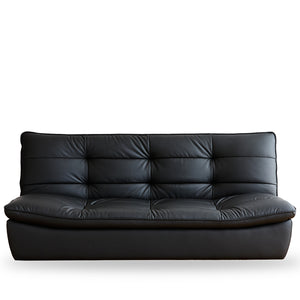


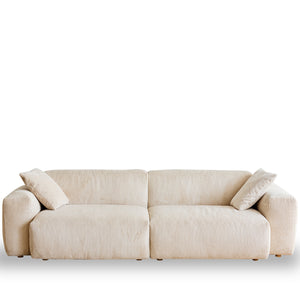

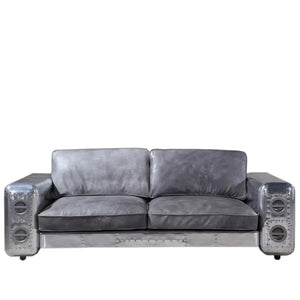
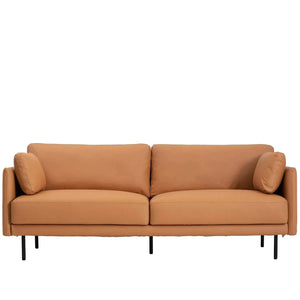
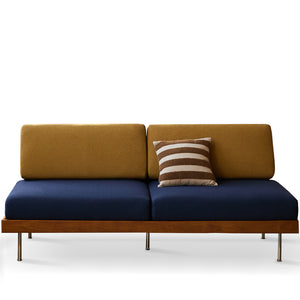

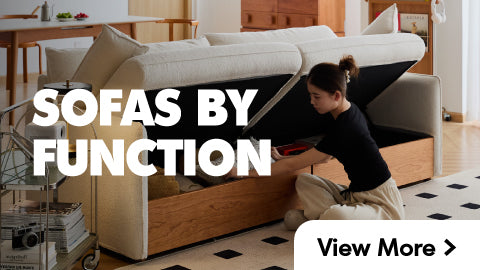

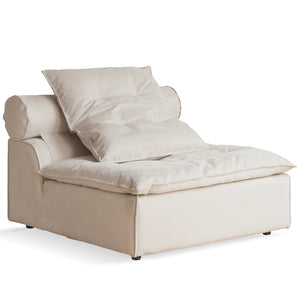
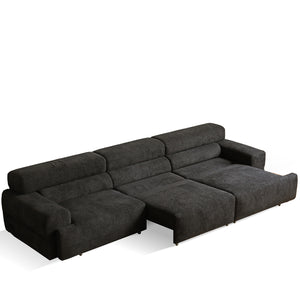
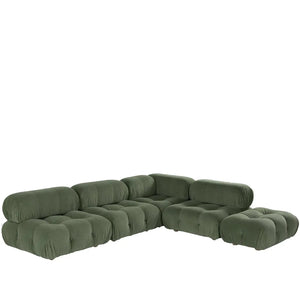
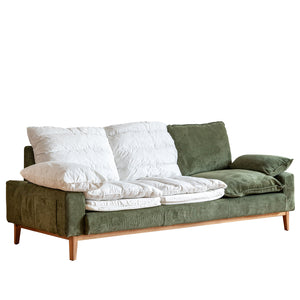
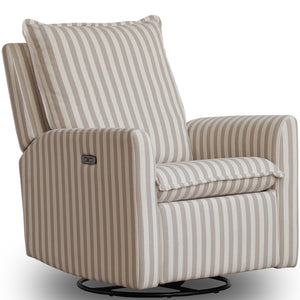

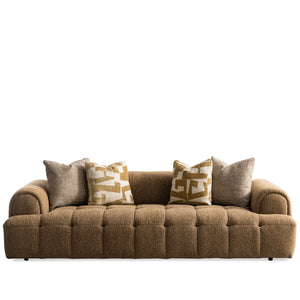
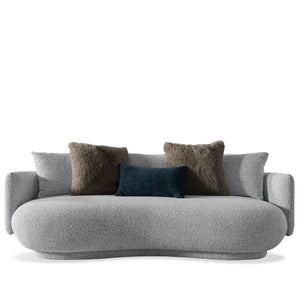

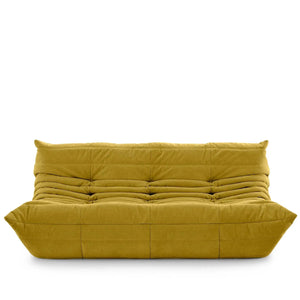
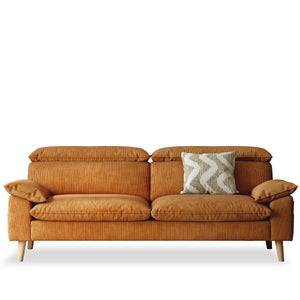


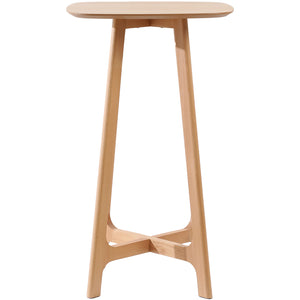
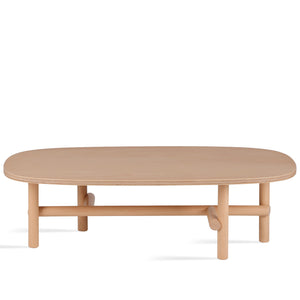
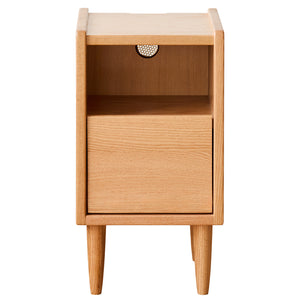
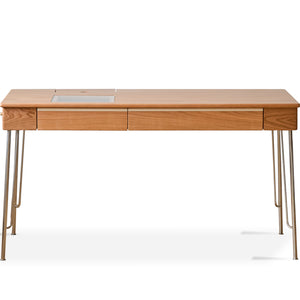
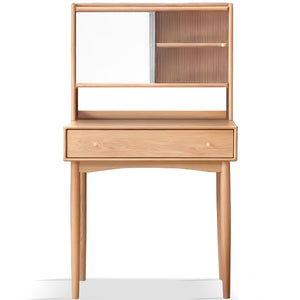


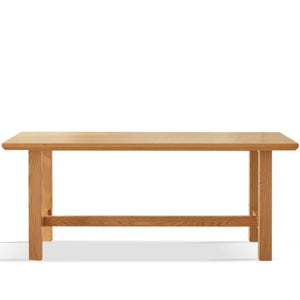
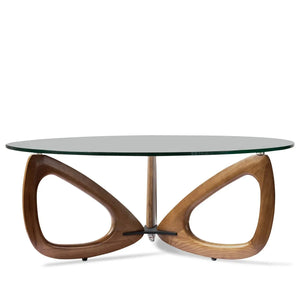

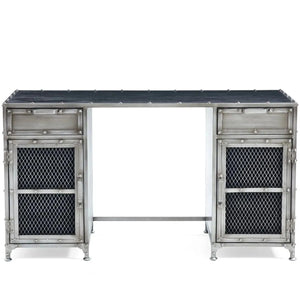
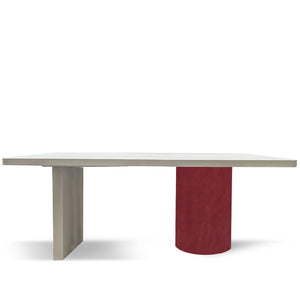

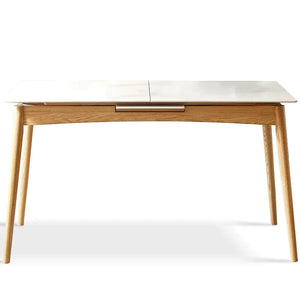
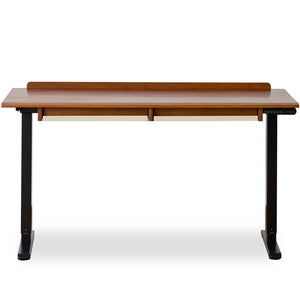
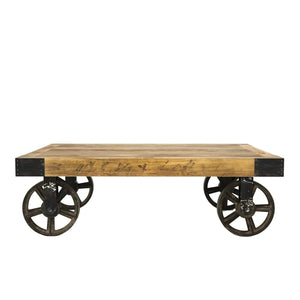
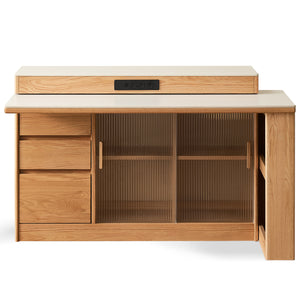
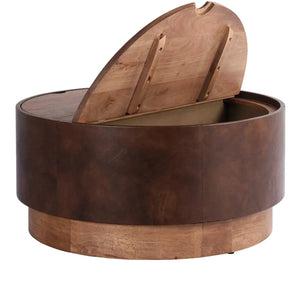
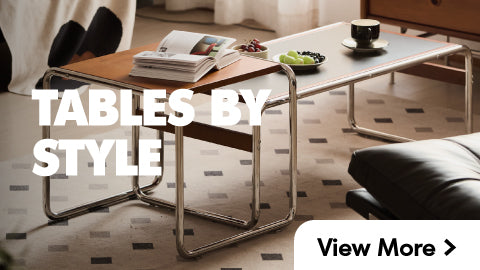
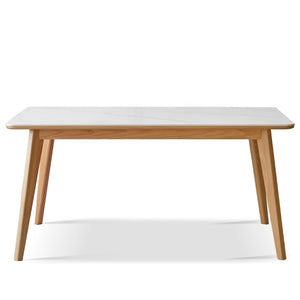
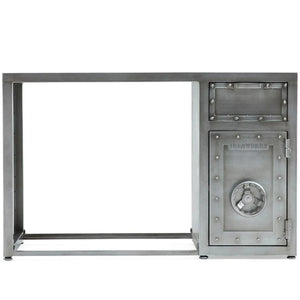
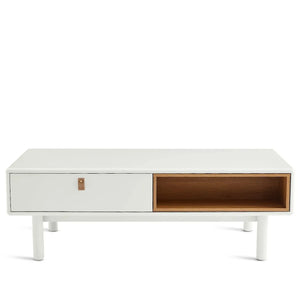

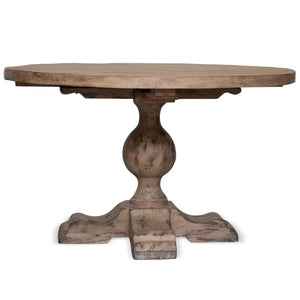


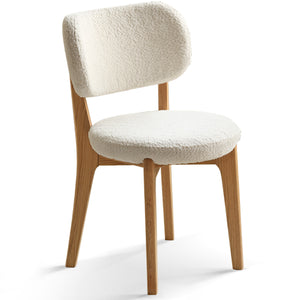
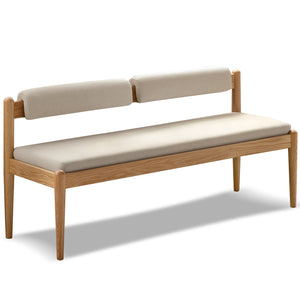
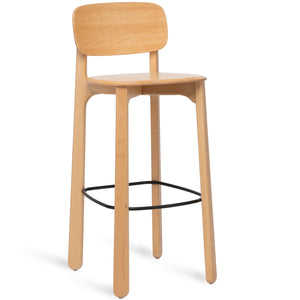
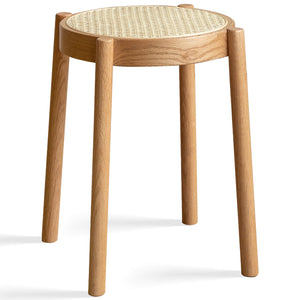
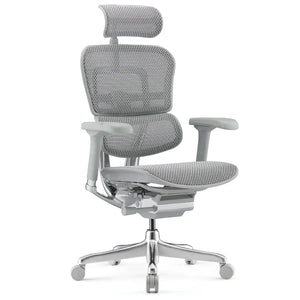
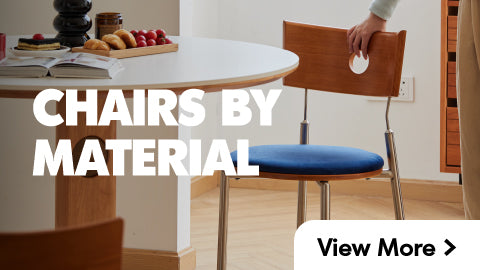
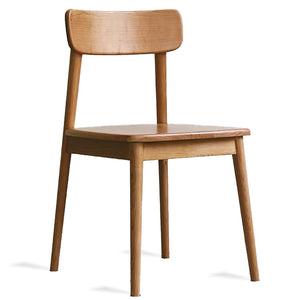
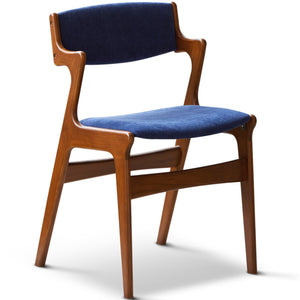

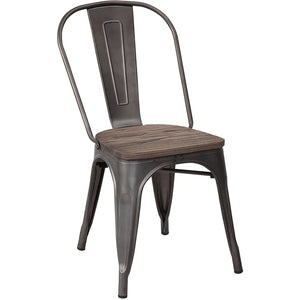
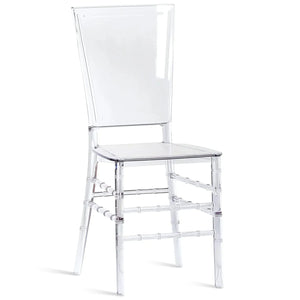
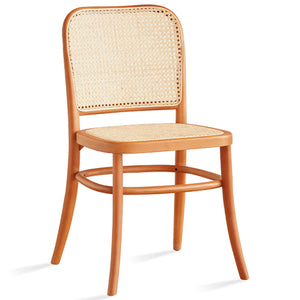



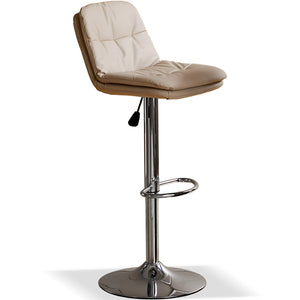

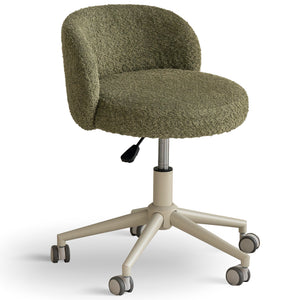
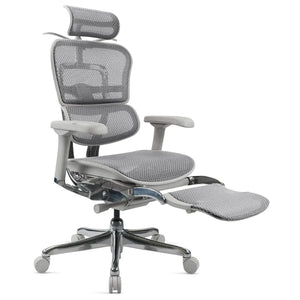

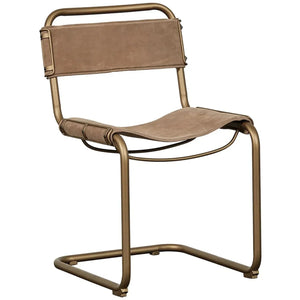
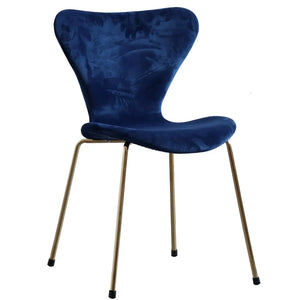
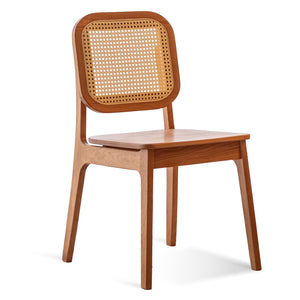
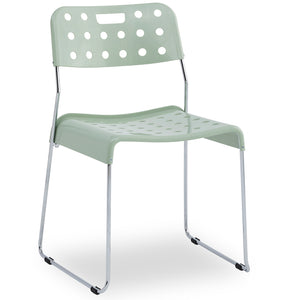
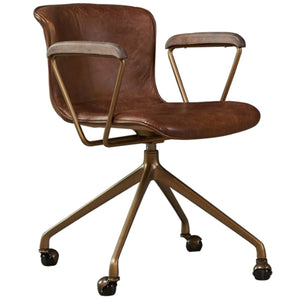


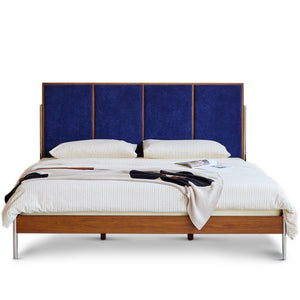

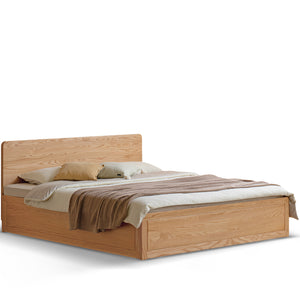
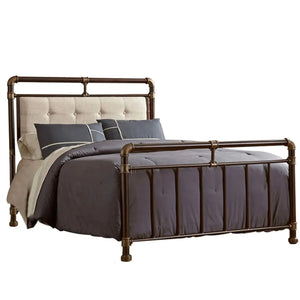
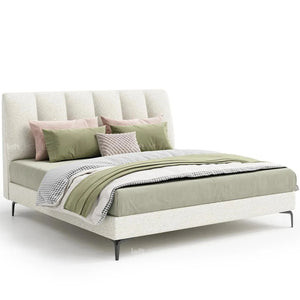
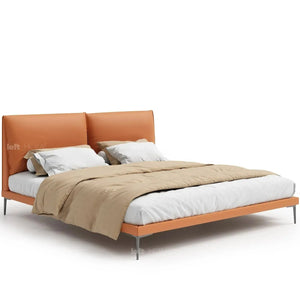
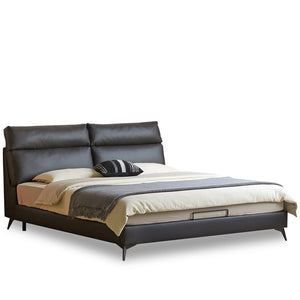
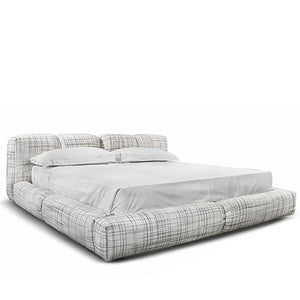

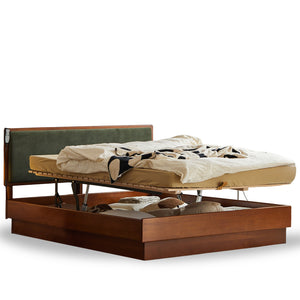
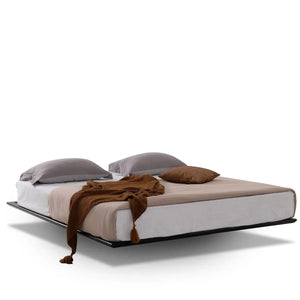
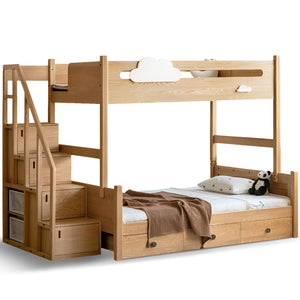
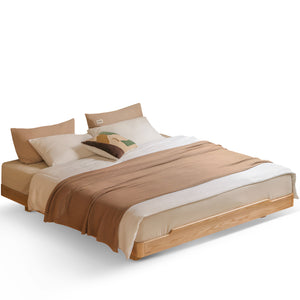

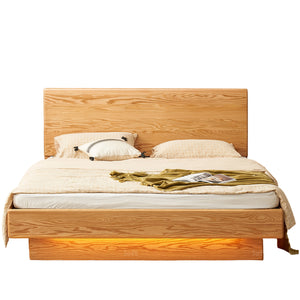

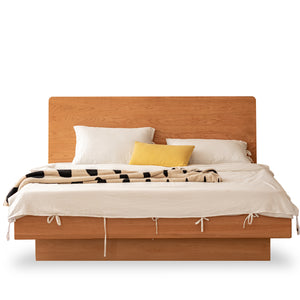
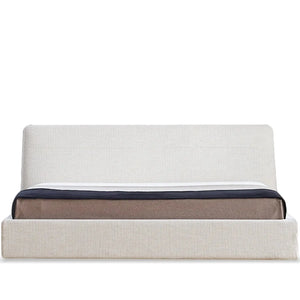


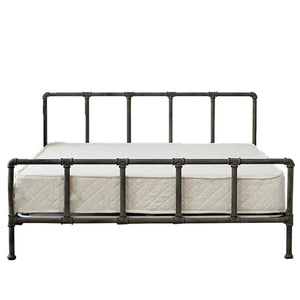
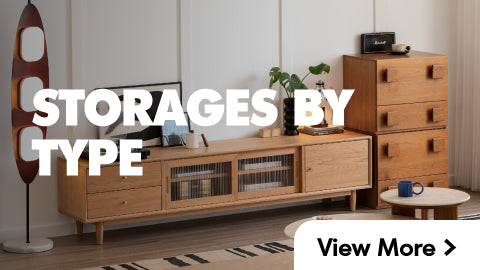
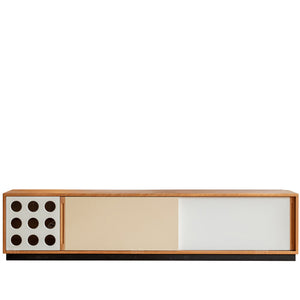

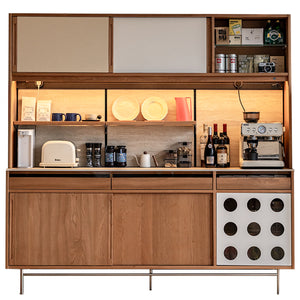
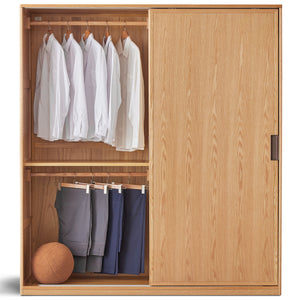
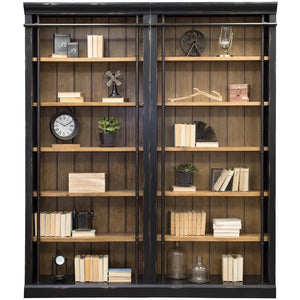
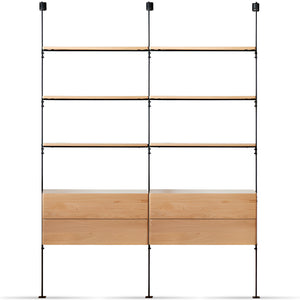
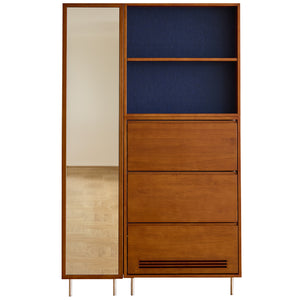
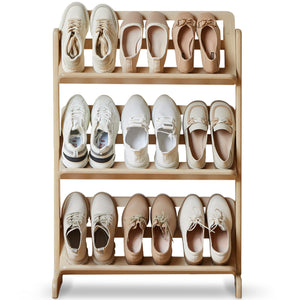
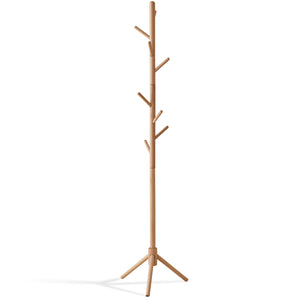

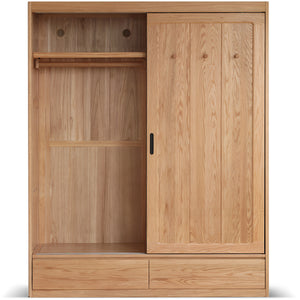
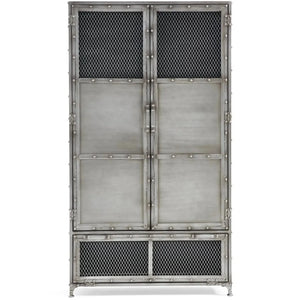
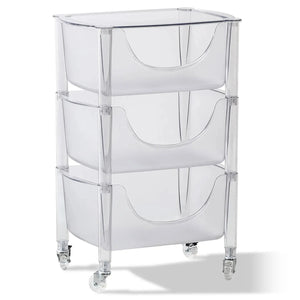

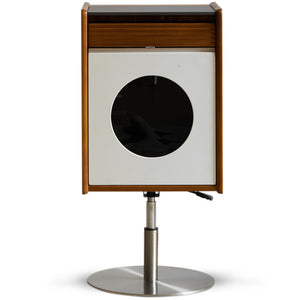
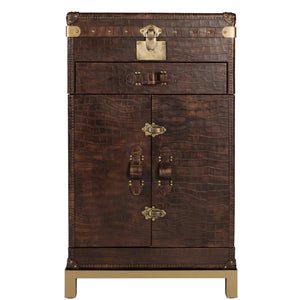


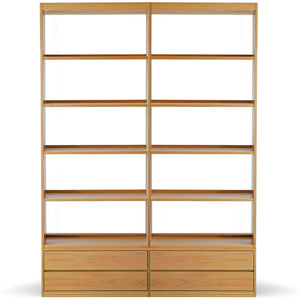
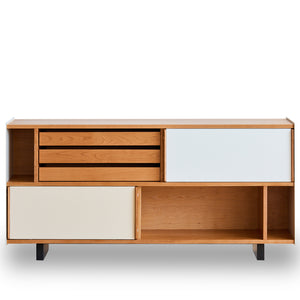
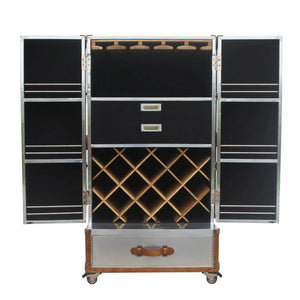
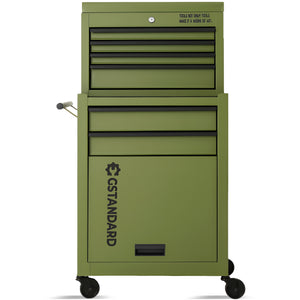
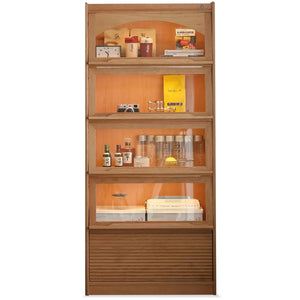
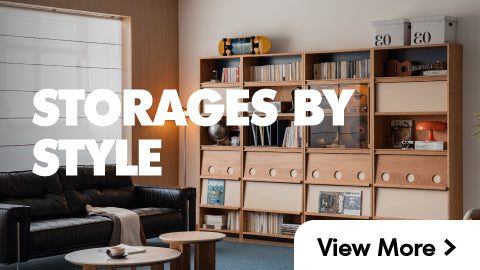
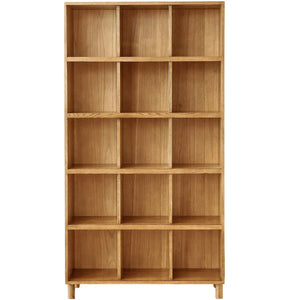
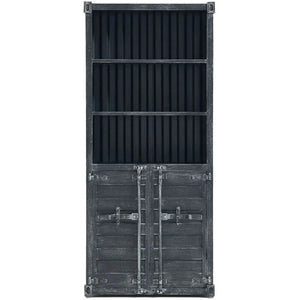
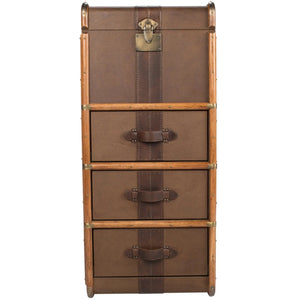
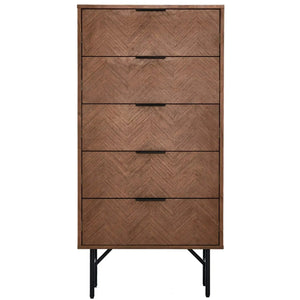

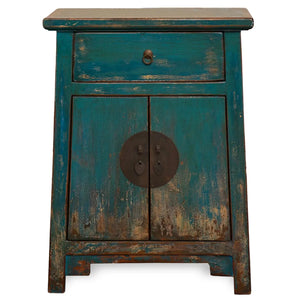


























































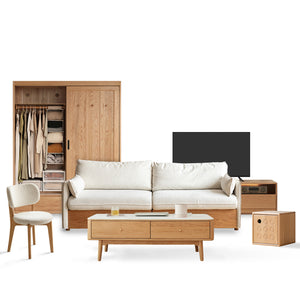
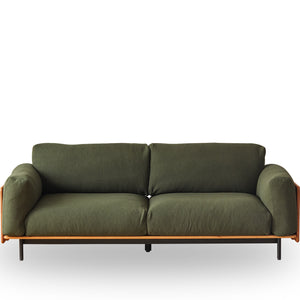
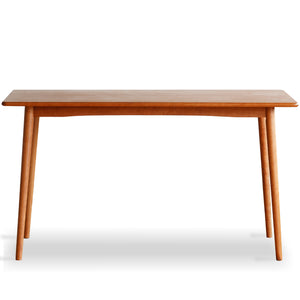
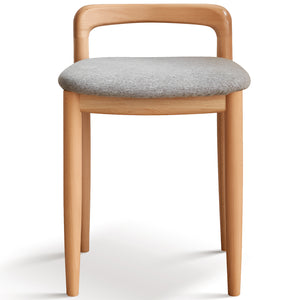
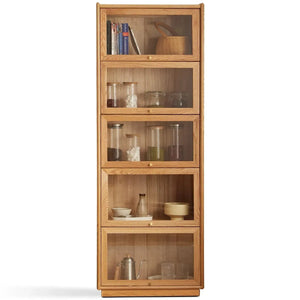



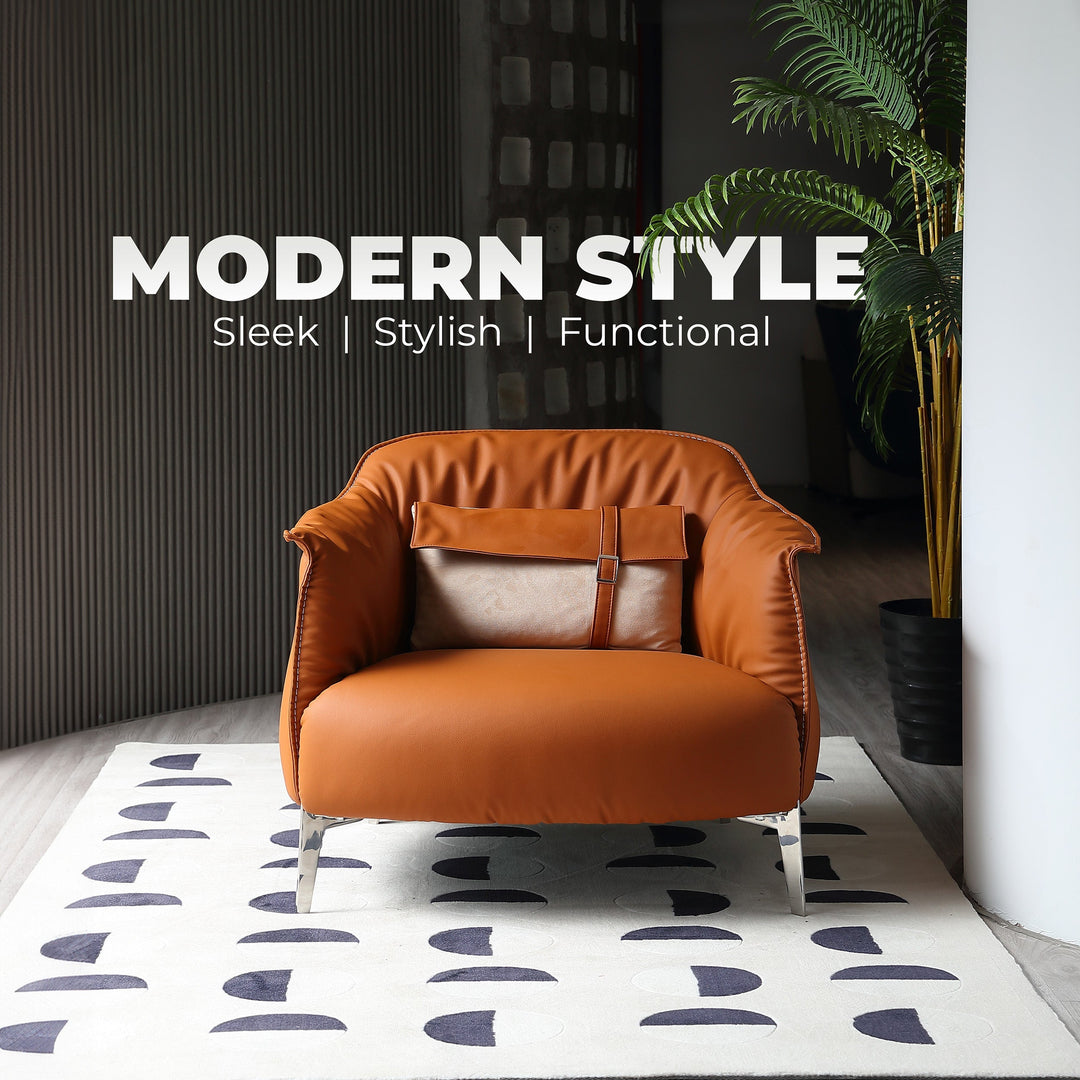
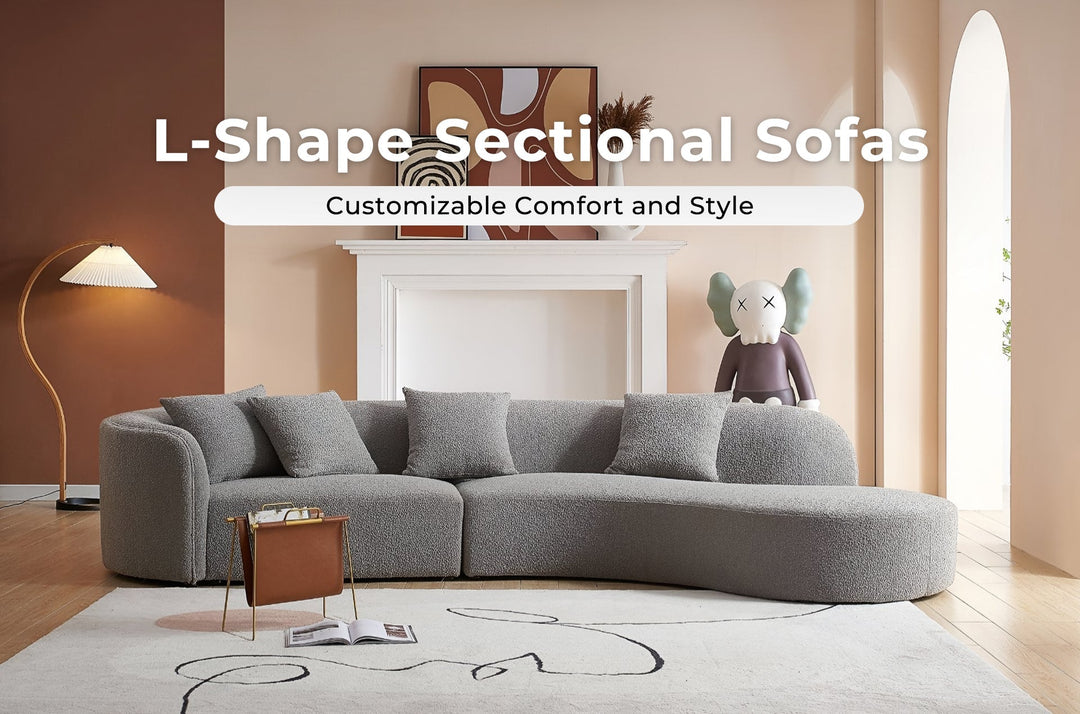

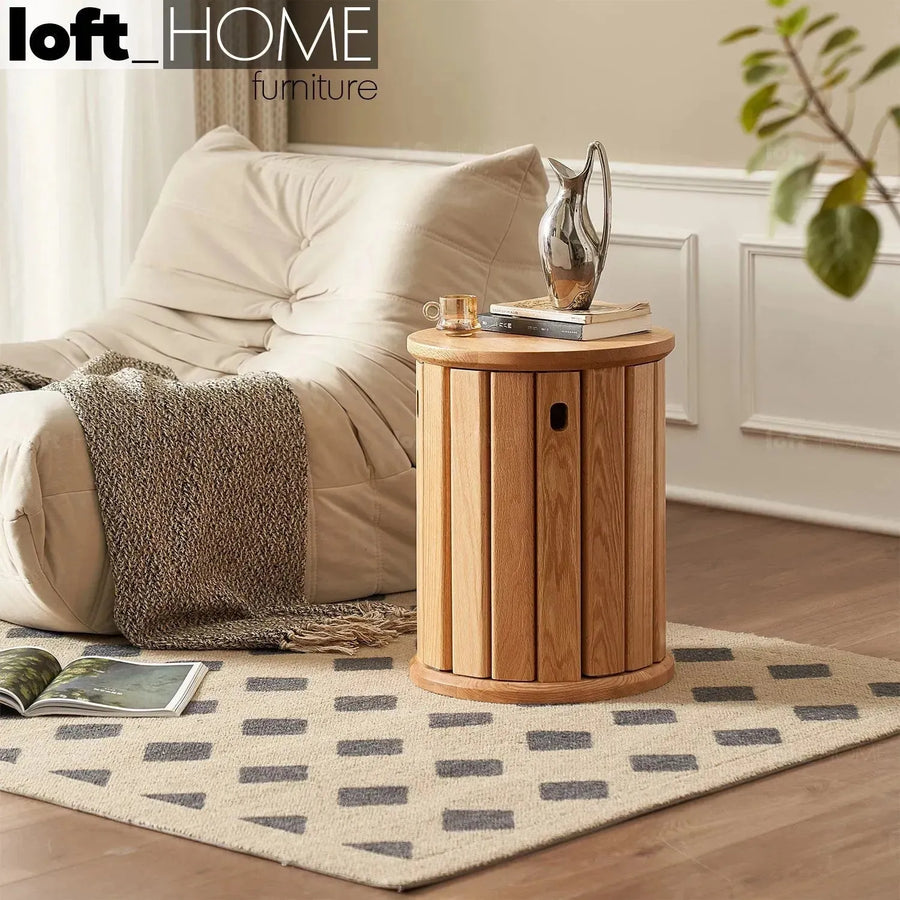
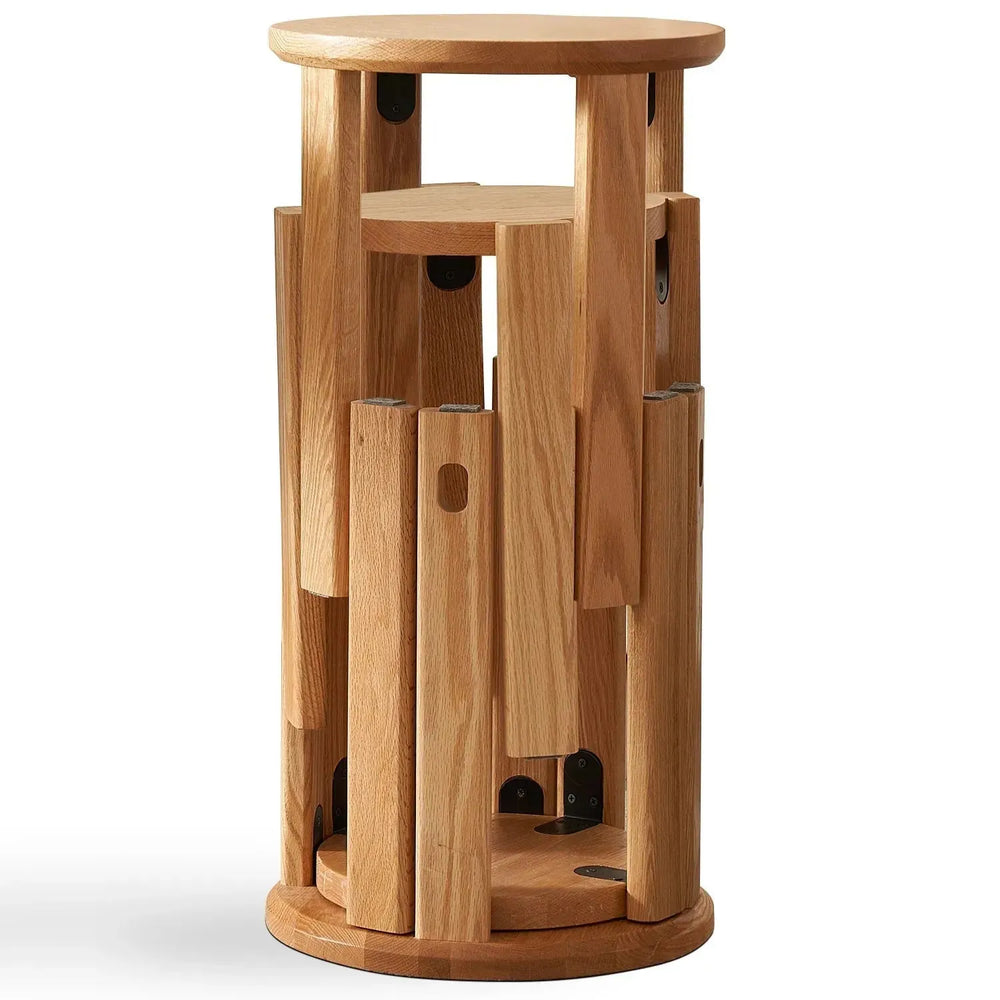



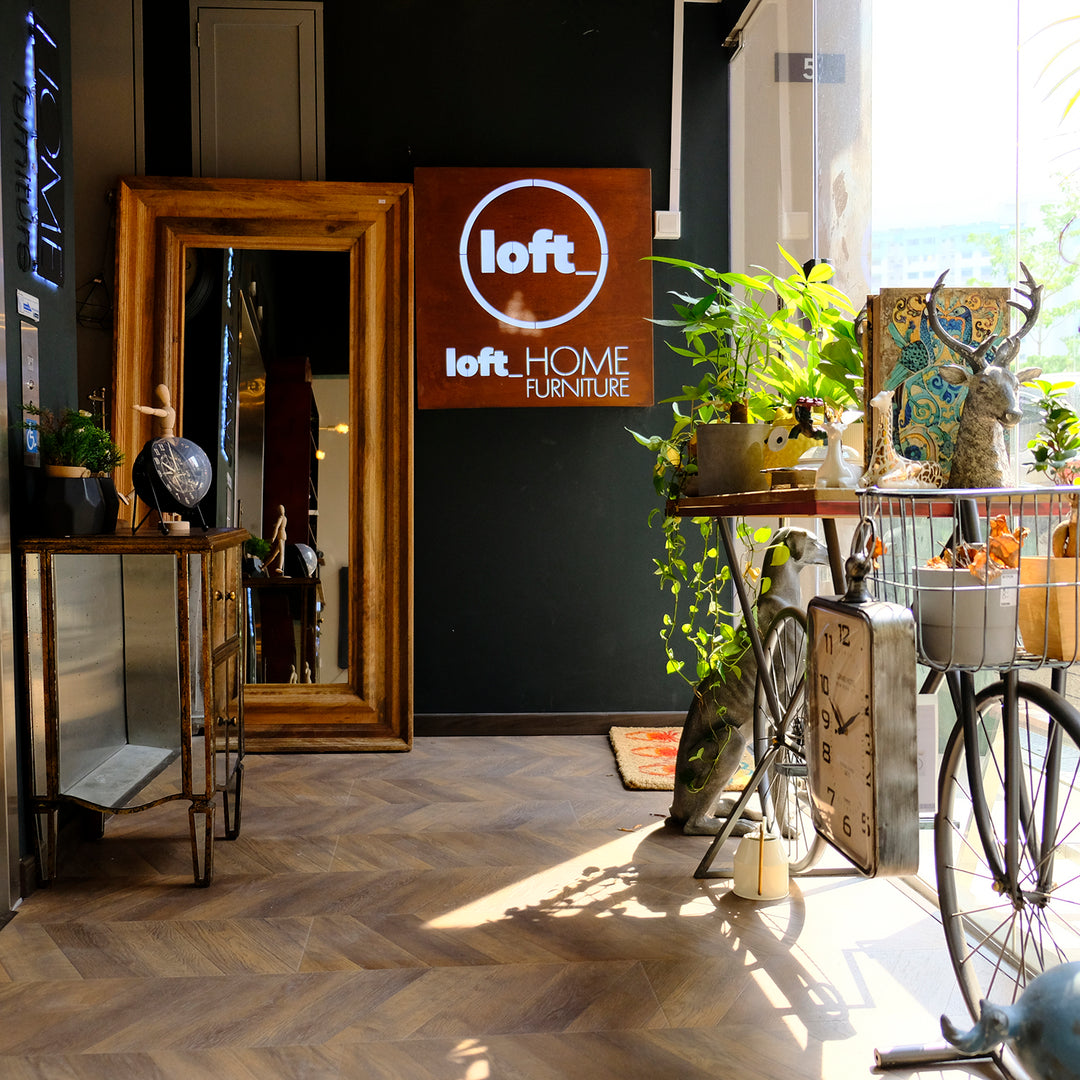
Leave a comment